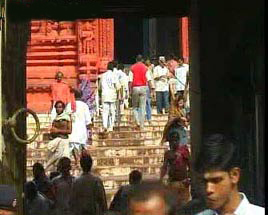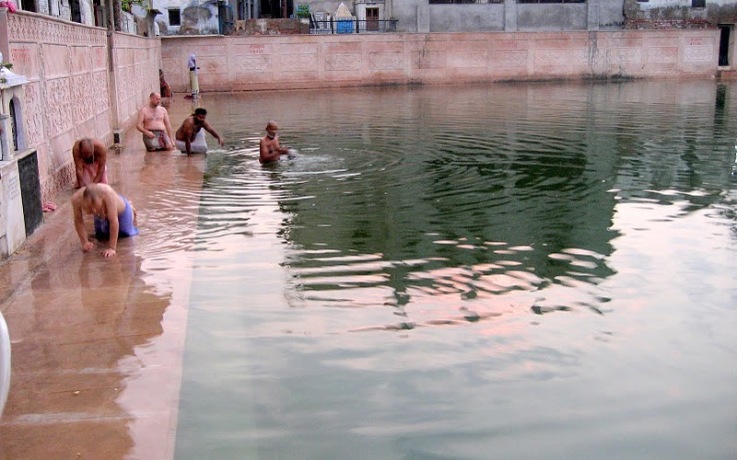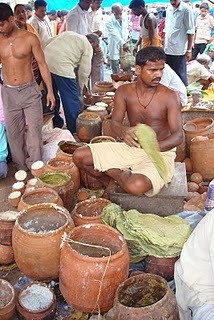
Baisi Pahacha: Inside the temple complex there is are two outer rings of small temples and main temple is at the center. At the outer ring at the main entrance there are steps known as Baisi Pahacha or twenty two steps. Some says this name has come from the term outside steps (Bahya Pavacha).
Great respect is given to these steps because many devotees pass here and the dust of their feet sanctify the steps.
Kalpavata: The Kalpavata-or the thousand year old banyan tree is towards the south side of the temple.
Mukti Mandapa: It is a pillared open hall with 16 pillars; an important seat of learning. Here important decisions regarding conduct of daily worship and festivals are taken.

Rohini Kunda: Located inside Lord Jagannath Temple and in front of Goddess Vimala Temple is the Rohini Kunda. The water of the Kunda is known as ‘Karana Water’ and is sprinkled by devotes for purification. Behind the Rohini Kunda is an image of Bhusanda Kaka (a crow). As per the legend, Bhusanda fell into this tank and got transformed to a form of Vishnu with four hands and holding a conch (sankha), wheel (chakra), lotus (padma) & gada (mace).
Niladri Vihara: If we approach from the western gate we come to the Niladri Vihar- which is an art gallery, showing the pastimes of Lord Jagannatha as well as the 12 incarnations of Lord Vishnu.
Sona Kua: Sona Kua or the Golden Well is near the northern gate (Elephant gate). The water of this well is used to bathe Lord Jagannatha during “Snana-Yatra”.
Koila Vaikuntha: It is located in the western portion of the temple between the outer and inner walls and approachable from the northern gate (Elephant Gate). During ‘Nava-Kalevara’ (new incarnation ceremony), when Lord Jagannatha, Baladeva, and Subhadra are newly carved, the old images are buried here.

Ananda Bazaar: After you climb 22 steps (Baisi Pahacha) by the Lion (main) Gate, on the right is Ananda Bazaar, where ‘Maha-Prasada’ is purchased.
Main Temple: In the main temple are Their Lordships Baladeva, Subhadra and Jagannatha who are white, yellow and black respectively. They are seated on the Ratna Singhasan. Devotee can circumambulate the Deities between 8:30 am and 9:30 am.
Mukhasala: Next to the main temple, in a straight line is the hall for audience. There are four doors. The Kalaghata dwara door leads to the sanctorum. The southern door leads out of the temple and the northern door to the Ratna Bhandar (Treasury house).
Nata Mandira: This is a spacious hall, 21m (65 ft) in length and 20m (61 ft) wide. This is where the Garuda Stambha is located, where Sri Chaitanya used to stand. It is believed that the potency of a devotee’s prayers to the Lord is increased when he stands near this sacred pillar.
Bhoga Mandapa: Next to Nata Mandir is this spacious hall, 18m (60 ft) in length and 17m (56 ft) wide. There are sculptures and paintings about Lord Krishna’s pastimes and other stories in this hall. This is where food offerings are made to the Lord.